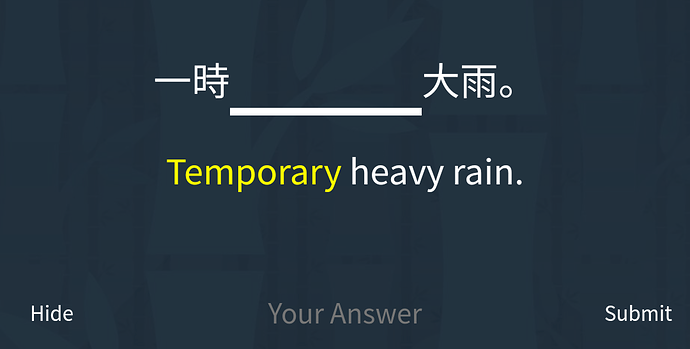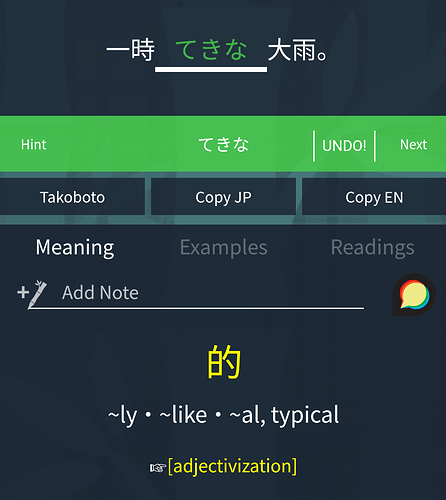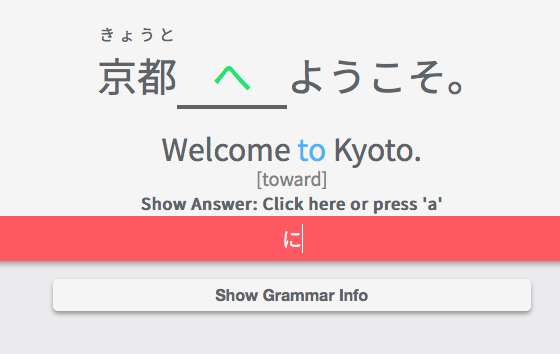@lopicake Thank you for your feedback on how to approach different badges. These are all great suggestions! We have quite a few badges that we would like to incorporate into Bunpro and we will consider all of the points that you have made (whether to keep them hidden or give sneak peeks) going forward. Thank you also for discussing 的 and Bunpro features with @Anthropos888. We will give this grammar point some thought, as well as consider adding an alternative to the “oops!” button.
We hope to have a new and improved feedback system up and running soon that will allow us to pinpoint problem items and get them fixed more quickly. This new system will also notify you when we make a change as well as mark it as being reported so that others will know that we are working on getting it corrected. Stay tuned. Cheers!
@Kai Thank you for all of your feedback! Adding special days to badges is a great idea. We will see what we can do. Let us know if you have any other suggestions!
The N2 Lesson 2, とか is a grammar point that we are consider moving or removing completely from Bunpro and that is why it did not get the special treatment. We apologize for the inconvenience!
The inability to cycle hints on sentences that have the teal colored text is a known bug that we hope to push a fix for in the next update. Thank you for your patience!
Regarding your question about にむけて, the と following いろいろ makes いろいろ (normally a な-adjective) an adverb (so-called と adverb) that is modifying 調べる. Here, にむけて is acting as a conjunction and conveys that the person is setting his/her sights on the career consultation day. So, rather than the speaker having a purpose, they are looking toward the career consultation day. Perhaps thinking of にむける as actually, physically facing toward something will help clear up any confusion? Maybe @mrnoone can help me expand on this? We are working through the site, linking each grammar point to their own grammar thread here on the forums and hope to have a space to discuss each individual grammar point available soon. Cheers!






